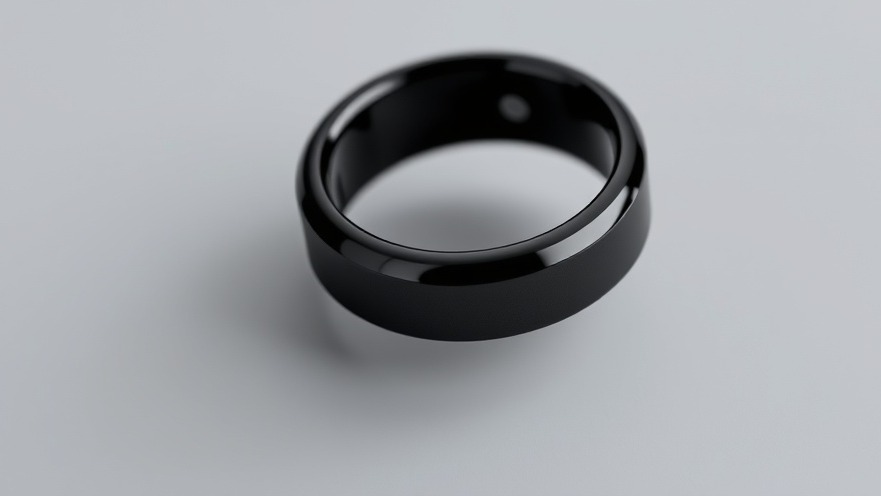
Revolutionizing Communication: The Future of Brain-Voice Technology
Recent advancements in brain-computer interface (BCI) technology point toward a future where restoring speech to individuals with severe paralysis is no longer a dream, but a reality. Researchers from UC Berkeley and UC San Francisco have made significant strides by developing a brain-to-voice interface that converts thoughts directly into audible speech almost instantaneously. This near-real-time streaming capability marks a pivotal moment in neuroprosthetics, addressing one of the most challenging limitations: the latency often associated with converting neural signals into speech.
Breaking the Latency Barrier
Historically, BCI solutions faced the daunting challenge of time lags when users attempted to articulate their thoughts. Users would experience frustrating delays, limiting the natural flow of speech. The new UC Berkeley research changes that narrative. Leveraging cutting-edge artificial intelligence modeling, the team synthesized brain signals with unprecedented speed and accuracy. As co-principal investigator Gopala Anumanchipalli puts it, “Our streaming approach brings the same rapid speech decoding capacity as devices like Alexa and Siri to neuroprostheses.” This advancement ensures smoother communication, allowing users to express themselves without artificial pauses.
Potential Life-Changing Benefits
The implications for individuals suffering from severe paralysis due to conditions like ALS or stroke are profound. Speaking is more than just a means of communication; it significantly impacts social interaction, emotional well-being, and quality of life. Neurosurgeon Edward Chang highlights the technology's potential, stating, “It is exciting that the latest AI advances are greatly accelerating BCIs for practical real-world use in the near future.” By fostering more naturalistic and fluid speech, this innovation could restore a sense of autonomy and connection to those who have lost their ability to communicate traditionally.
Future Versatility: Beyond Traditional Interfaces
This technology doesn’t just rely on the highly invasive techniques typically required for brain implants. The research team's methods extend to various interfaces, including microelectrode arrays (MEAs) and even non-invasive surface electromyography (sEMG) techniques. This flexibility opens doors for future applications and wider accessibility, marrying high-tech solutions with patient-centered approaches to care.
Relevance to Concierge Health Practitioners
For concierge health practitioners, staying informed about breakthroughs like this one is critical. As you prioritize personalized patient care, being aware of these new technologies equips you to offer better solutions for individuals facing unique health challenges. In an era where remote and telehealth capabilities are becoming integral to practice, the potential integration of BCI technologies can create new pathways for client engagement.
Anticipating the Future: What’s Next?
Looking forward, it’s essential to consider the necessary steps toward incorporating such technology into clinical practice. Regulatory compliance, ethical considerations, and the continual evolution of AI and machine learning will undoubtedly influence the future rollout of these kinds of prosthetics. Moreover, as neurosurgeons and engineers collaborate, ongoing training for healthcare professionals is key to harnessing the benefits these technologies promise.
Frequently Asked Questions: What You Need to Know
What conditions can this technology help? The brain-to-voice interface primarily targets those with severe paralysis who have lost the ability to speak, often due to neurological conditions like ALS or traumatic brain injuries.
Is this technology widely available? Currently, this technology is in the research phase, and while ongoing trials are promising, widespread availability will depend on successful clinical assessments and subsequent regulatory approvals.
How soon will patients benefit from this technology? With the rapid pace of AI advancements, researchers anticipate that this technology could see practical applications within the next few years, emphasizing the importance of continuous monitoring for updates in this field.
Conclusion: Preparing for an Evolution in Patient Communication
The breakthrough represented by the brain-to-voice interface signifies more than a technological leap—it reflects a compassionate response to human limitations. As concierge health practitioners, understanding these advancements will empower you to advocate for and potentially integrate these innovative solutions into your practice. The convergence of AI, neuroscience, and healthcare heralds a transformative era where communication barriers may soon be dismantled.
 Add Row
Add Row  Add
Add 






Write A Comment